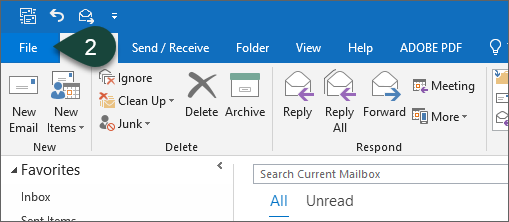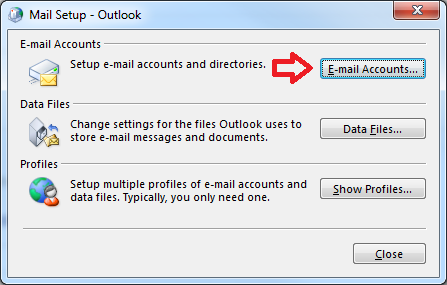

Still need help? Go to Microsoft Community or the Exchange TechNet Forums. For more information, see New-RemoteMailbox.įor example, run the following command: New-Remotemailbox -Name "" -Alias -UserPrincipalName -Remoteroutingaddress -Sharedįor more information about remote shared mailboxes, see Shared mailboxes are unexpectedly converted to user mailboxes after directory synchronization runs in an Exchange hybrid deployment and Cmdlets to create or modify a remote shared mailbox in an on-premises Exchange environment. This object must have the same name, alias, and user principal name (UPN) as the cloud mailbox.

If you're running Exchange Server 2013 (CU20 or earlier versions) or Exchange Server 2016 (CU9 or earlier versions), it is important that you upgrade to the latest version to protect your server's integrity.įor on-premises environments that use Exchange Server 2013 (CU21 or later versions) or Exchange Server 2016 (CU10 or later versions), do the following:Ĭreate an on-premises object for the cloud mailbox by using the New-RemoteMailbox cmdlet with the -Shared switch in Exchange Management Shell. Hybrid deployments are supported only for the current (N) and previous (N-1) Cumulative Updates (CUs). Therefore, all queries for that SMTP address fail. In this situation, the on-premises Exchange environment has no object to reference for the shared mailbox. These issues can occur if the shared mailbox is created by using the Exchange Online management tools.

Therefore, you should no longer use the old Hybrid Configuration wizard. The Hybrid Configuration wizard that's included in the Exchange Management Console in Microsoft Exchange Server 2010 is no longer supported.


 0 kommentar(er)
0 kommentar(er)
